Unveiling the Science and Process of Laser Stretch Mark Therapy
Stretch marks are a common skin concern caused by rapid skin stretching and collagen disruption. While they are harmless, their appearance can affect self-confidence. Modern laser treatments offer a promising way to improve skin texture and diminish stretch marks. This article provides a comprehensive overview of how laser therapies work, the procedural journey, expected outcomes, and considerations to help you understand if this treatment suits your individual needs.
How Laser Treatments Work to Fade Stretch Marks
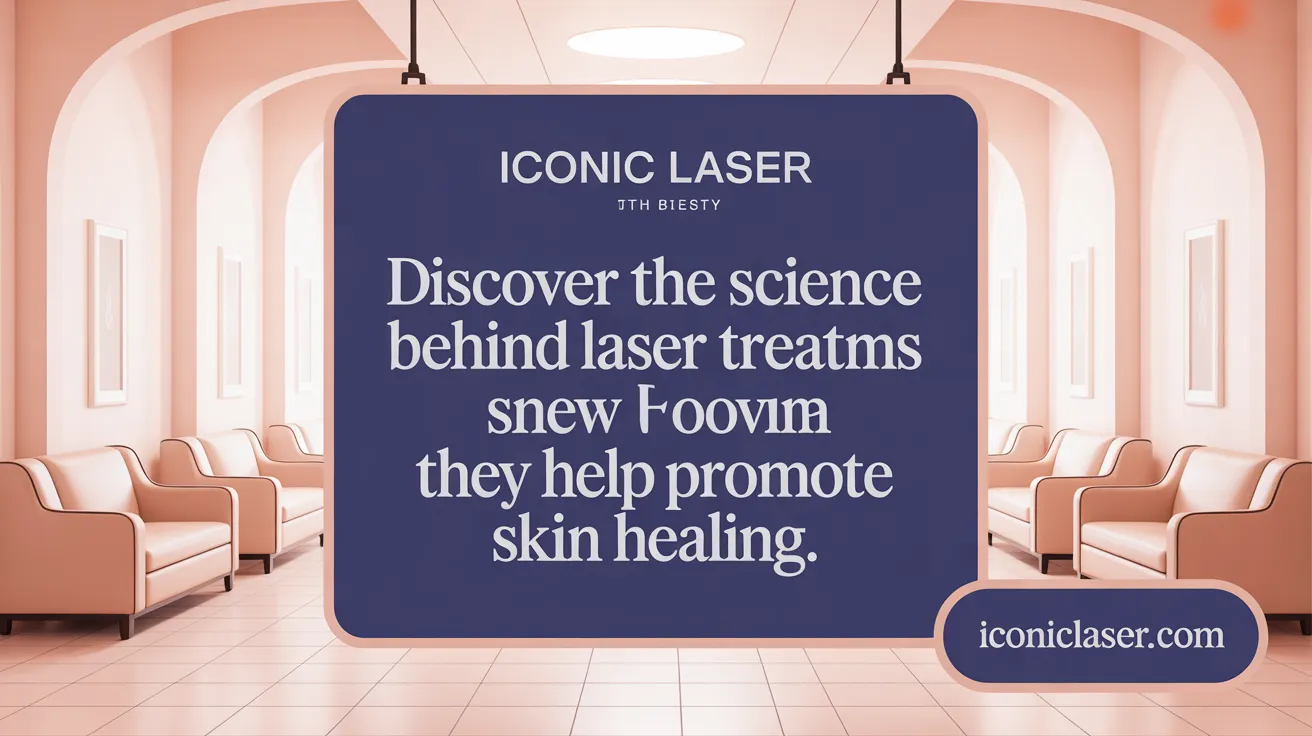
How do laser treatments work for fading stretch marks?
Laser treatments target stretch marks by delivering precise light energy deep into the skin. This energy stimulates the production of collagen and elastin, two essential proteins that help in skin repair and elasticity.
Different laser types are used depending on the condition of the stretch marks. For example, fractional CO2 and Er:YAG lasers create tiny controlled injuries in the dermis, promoting natural healing and collagen production. Pulsed dye lasers are more effective on newer, red or purple stretch marks because they target blood vessels, helping reduce redness.
Multiple sessions—usually between 4 to 6—are necessary for noticeable improvements. Each session lasts about 30 to 60 minutes. Post-treatment skincare, including sun protection, helps maintain and enhance results.
While laser therapy can dramatically improve skin appearance, making stretch marks less visible and smoothing the skin surface, it does not completely eliminate them. The effectiveness also depends on factors like the age and type of stretch marks.
Risks such as hyperpigmentation are more common in darker skin tones. Proper technique and post-care are crucial to minimize side effects. Overall, laser treatments offer a safe, minimally invasive option for reducing the appearance of stretch marks when performed by qualified practitioners.
The Laser Procedure: Step-by-Step Journey from Consultation to Aftercare
Patient assessment and laser selection
The process begins with a thorough evaluation by a qualified dermatologist or aesthetic specialist. They assess the stretch marks' age, color, and skin type to determine the most suitable laser treatment. For example, fractional lasers like Fraxel or Lutronic eCO2 are often used to stimulate collagen and improve skin texture, while pulsed dye lasers address newer, red or purple stretch marks by targeting blood vessels.
During this assessment, the practitioner considers overall skin health and any medical conditions. They may also discuss realistic expectations and explain that multiple sessions are typically necessary for noticeable improvements.
Typical session duration and number
A standard laser session lasts between 30 to 60 minutes, depending on the size of the area being treated. Most patients require a series of 3 to 6 sessions spaced about 4 to 6 weeks apart. This spacing allows the skin to heal and regenerate collagen between treatments.
The total number of sessions varies based on individual skin response, the severity of stretch marks, and the chosen laser type. Regular follow-up visits help monitor progress and make adjustments if needed.
Procedure details
On the day of treatment, the patient’s skin is cleaned thoroughly. A topical anesthetic might be applied to minimize discomfort. During the session, the laser device emits controlled pulses of light energy that penetrate the skin, targeting scar tissue and encouraging the production of new collagen.
Fractional lasers work by creating tiny micro-injuries that stimulate healing, while pulsed dye lasers focus on the superficial blood vessels in newer stretch marks. The treatment generally feels like a series of small rubber band snaps or a warm sensation.
Post-procedure, patients often experience temporary redness, swelling, and mild discomfort, which can last a few days. Multiple sessions are needed to achieve significant fading, with results developing gradually over several months as collagen remodeling occurs.
Post-treatment care and side effect management
Post-treatment care is crucial for optimal healing. Patients are advised to keep the skin hydrated with gentle moisturizers or petroleum jelly. Avoiding sun exposure is essential; applying a broad-spectrum SPF 30+ sunscreen helps prevent pigmentation changes.
To manage side effects like redness or swelling, cool compresses or ice packs are recommended. Patients should steer clear of hot showers, vigorous exfoliation, or activities that cause excessive sweating for at least 48 hours.
Monitoring for signs of infection, such as increased redness or pus, is vital. Using prescribed scar treatments, such as silicone gels or sheets, starting around 10 days post-treatment, can further improve appearance. Overall, adherence to aftercare instructions aids in natural healing, minimizes risks, and enhances the final results.
| Step | Description | Duration/Notes |
|---|---|---|
| 1. Patient Assessment | Skin evaluation and laser type selection | Before treatment, with clinician guidance |
| 2. Preparation | Avoid sun, photosensitive medications | 3 days before procedure |
| 3. Treatment Session | Laser application, patient experience | 30-60 minutes, 3-6 sessions typically |
| 4. Post-Session Care | Cool packs, moisturize, sun protection | Immediate and ongoing |
| 5. Expected Outcomes | Collagen stimulation, fade of stretch marks | Over months, ongoing improvement |
With proper assessment, tailored laser choices, and diligent aftercare, laser treatments can substantially improve the appearance of stretch marks, making them less noticeable and blending them more seamlessly with surrounding skin.
Expected Outcomes and Effectiveness of Laser Treatments
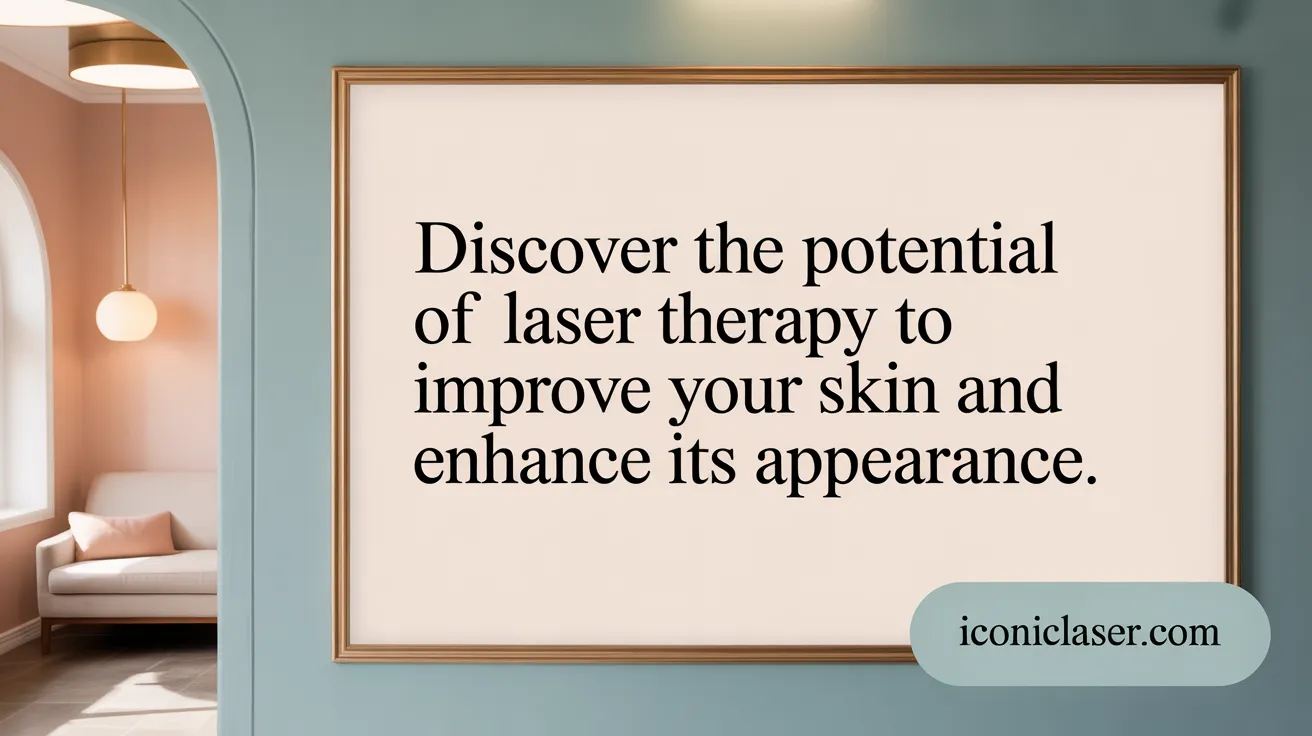 Patients considering laser treatments for stretch marks often wonder about the typical results and lasting effects of these procedures.
Patients considering laser treatments for stretch marks often wonder about the typical results and lasting effects of these procedures.
In general, laser therapy can lead to a significant reduction in the visibility of stretch marks. Most patients notice a marked improvement in skin texture, color, and overall appearance after undergoing several treatment sessions. The treatment stimulates collagen production, which helps to smooth skin and diminish surface irregularities.
The response to laser treatment varies depending on the age and type of stretch marks. Newborn or red stretch marks (striae rubrae) tend to respond better than older, white or silvery stretch marks (striae albae). Typically, patients see an improvement ranging from 20% to 60% in the appearance of their stretch marks, especially with multiple sessions, usually spanning several weeks.
While the results are promising, it is important to note that laser treatments do not guarantee complete removal. Instead, they soften and blend stretch marks into surrounding skin, making them less noticeable. Some patients may require follow-up sessions to sustain or enhance the results.
Regarding longevity, improvements from laser treatments can last for several months to about a year. The collagen that is stimulated during therapy provides a more resilient skin structure, but if the skin stretches again due to pregnancy, weight fluctuations, or other factors, the stretch marks might reappear.
Older, more matured stretch marks tend to be less responsive to laser therapy, often needing more sessions for notable improvement.
To maintain long-term benefits, clinicians recommend adopting healthy skin habits such as proper hydration, sun protection, and stable weight management. While laser treatment can greatly improve skin appearance, it is essential to have realistic expectations. Success depends on individual skin condition, the age of the stretch marks, and the practitioner's expertise.
In summary, laser treatments are a safe, minimally invasive approach that can significantly improve the look of stretch marks, increasing skin smoothness and tone. However, results vary, and ongoing skin care is vital for maintaining the best possible outcomes.
Benefits and Limitations of Laser Therapy for Stretch Mark Fading
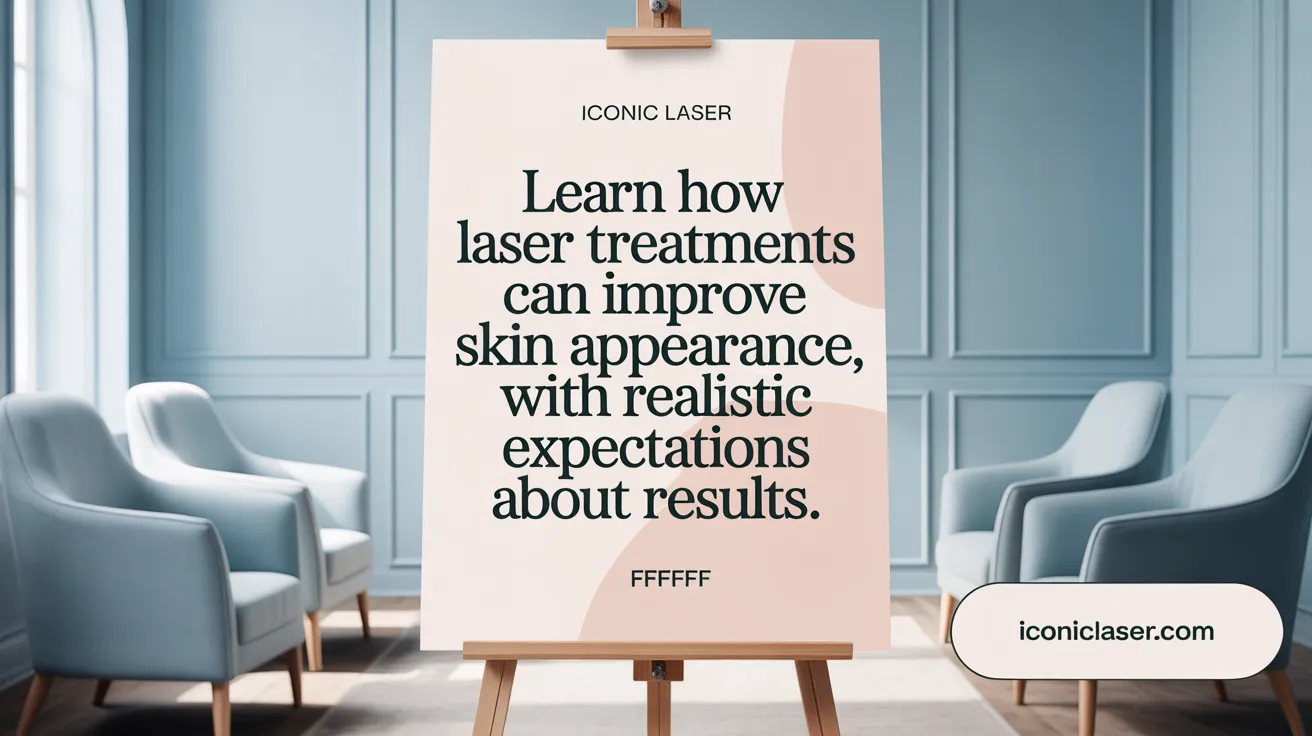 Laser treatments for stretch marks are popular due to their minimally invasive approach and ability to improve skin appearance. They stimulate the body’s natural healing by increasing collagen and elastin production, which helps to smooth skin texture and reduce the visibility of stretch marks. Many patients experience noticeable improvements, often reducing marks by 50-75%, especially when the marks are recent.
Laser treatments for stretch marks are popular due to their minimally invasive approach and ability to improve skin appearance. They stimulate the body’s natural healing by increasing collagen and elastin production, which helps to smooth skin texture and reduce the visibility of stretch marks. Many patients experience noticeable improvements, often reducing marks by 50-75%, especially when the marks are recent.
However, laser therapy has its limits. Complete removal of stretch marks is generally not achievable because these scars involve deeper skin tissue. Results can vary depending on factors such as skin type, age of the stretch marks, and individual skin response. Newer, redder stretch marks tend to respond better compared to older, white marks.
Skin type considerations are important; darker skin tones have a higher risk of side effects like hyperpigmentation. Proper technique and pre-treatment skin care can help minimize these risks. Multiple sessions—usually between 3 to 6—are necessary for significant results, and ongoing maintenance may be needed to preserve improvements. Additionally, some mild side effects like redness and swelling are common but typically resolve within days.
In summary, laser therapy effectively reduces the appearance of stretch marks for many individuals, but it does not guarantee complete removal. Its success depends on proper patient selection, realistic expectations, and skilled practitioners.
Risks and Side Effects of Laser Stretch Mark Removal
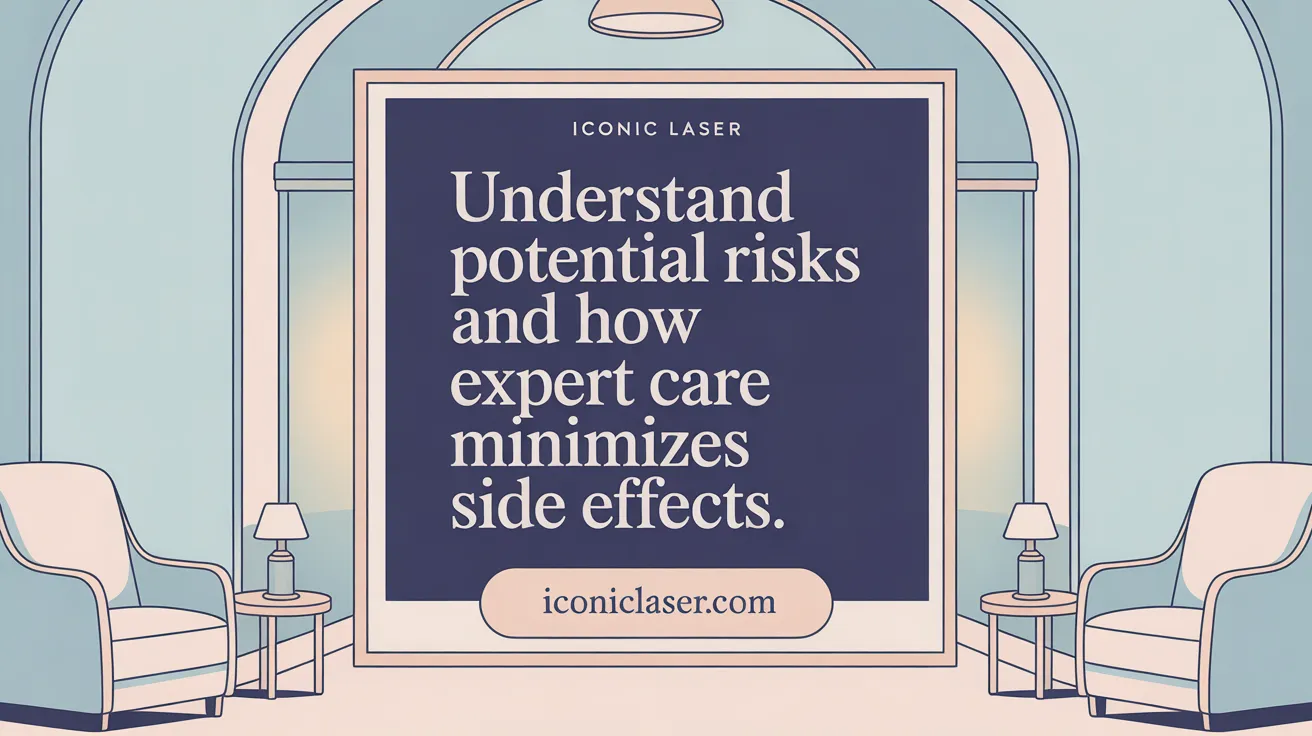
What potential risks and side effects are associated with laser stretch mark removal?
Laser treatments for stretch marks are generally safe when performed by experienced professionals. However, there are some potential risks and side effects that patients should be aware of.
Common side effects include temporary redness, swelling, and mild discomfort during and after the procedure. These effects typically subside within a few days to a week. Some patients may experience skin irritation or itching, which can be managed with proper aftercare.
While rare, more serious risks involve changes in skin pigmentation. These can manifest as hyperpigmentation (darkening of the skin) or hypopigmentation (lighter patches), especially in individuals with darker skin tones. These pigmentation changes can sometimes be permanent if not treated promptly.
Another potential issue is scarring if the skin sustains damage during treatment. This is less common with modern, precise laser technology but remains a possibility in some cases.
Infection is also a risk if post-treatment care instructions are not followed correctly. Applying proper skin care and avoiding sun exposure can significantly reduce this risk.
Precautions to minimize risks
Choosing a board-certified dermatologist or qualified laser specialist is crucial. They will tailor the treatment to your skin type and condition, reducing the likelihood of adverse effects.
Pre- and post-treatment care include avoiding sun exposure, using recommended soothing creams, and following hygiene guidelines strictly.
Protecting your skin from UV rays before and after treatment helps prevent pigmentation issues.
Importance of qualified practitioners
An experienced and certified practitioner is vital for ensuring safe and effective treatment. Skilled professionals understand how to adjust laser settings appropriately and manage any unexpected reactions.
By adhering to their instructions and attending follow-up appointments, patients can enjoy better results with minimized side effects.
Staying informed and consulting with a knowledgeable dermatologist provides the best chance of achieving significant improvement while safeguarding your skin health.
Comparing Laser Technologies for Effective Stretch Mark Treatment
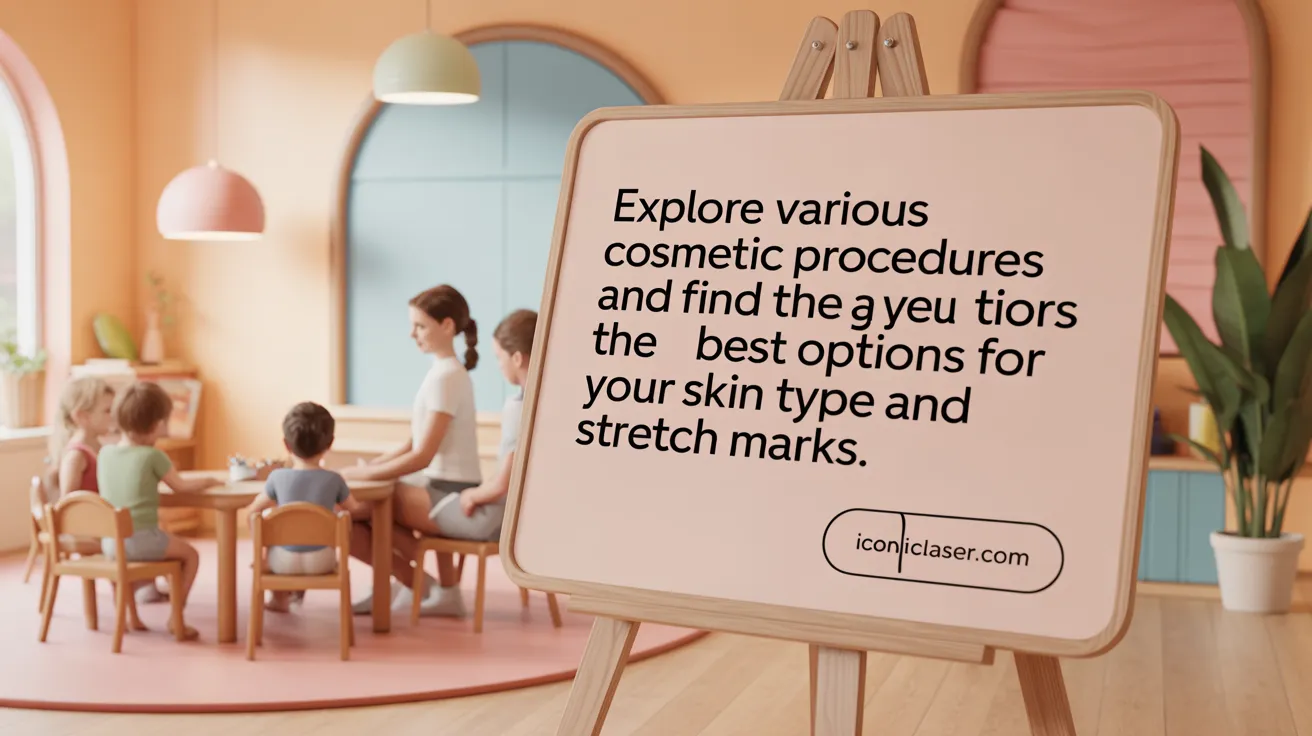 Different laser types are utilized to improve the appearance of stretch marks, each working through a unique mechanism on the skin. The primary goal is to stimulate collagen and elastin production, which enhances skin texture and elasticity.
Different laser types are utilized to improve the appearance of stretch marks, each working through a unique mechanism on the skin. The primary goal is to stimulate collagen and elastin production, which enhances skin texture and elasticity.
Fractional lasers, such as fractional CO2 and Er:YAG, work by creating tiny controlled micro-injuries in the skin. This process triggers the body's natural healing response, promoting new collagen growth that smooths out the skin and diminishes the visibility of scars and stretch marks. Fractional CO2 lasers, like Fraxel Re:store, penetrate deeply and are effective on older, white stretch marks, but can cause more redness and pigmentation changes during recovery.
Nd:YAG lasers, particularly the Long-Pulsed type, have gained attention for treating stretch marks, especially darker skin tones. They target deeper skin layers with minimal surface disruption, often resulting in fewer side effects such as hyperpigmentation. Patients have reported higher satisfaction and noticeable improvement with Nd:YAG treatments.
Pulsed dye lasers (PDL) are especially useful for newer, red or purple stretch marks, as they target blood vessels and reduce redness, leading to a more uniform skin tone. Similarly, fractional Er:YAG lasers are gentler options that stimulate collagen with less downtime.
Role of combination therapies is increasingly prominent. Combining laser treatments with radiofrequency (RF) microneedling or topical agents enhances collagen stimulation and provides comprehensive skin renewal. For example, applying topical retinoids or hyaluronic acid post-laser can augment results.
Suitability of these lasers depends on individual skin type and the specific characteristics of the stretch marks. Younger, red marks tend to respond better to pulsed dye laser or Nd:YAG laser, while older, white marks may require fractional CO2 or Er:YAG laser therapy.
Ultimately, selecting the appropriate laser treatment involves considering the patient’s skin color, the age and hue of stretch marks, and balancing the desired outcome with potential side effects and recovery time. Consulting with an experienced dermatologist ensures an individualized approach for optimal results.
Who Should Consider Laser Therapy for Stretch Marks?
Is laser therapy suitable for all individuals seeking stretch mark reduction?
Laser therapy is a popular and effective treatment for minimizing the appearance of stretch marks. It works by stimulating collagen and elastin production, which helps to remodel the skin and blend stretch marks with surrounding tissue. Most patients with recent or red stretch marks can see significant improvements after several sessions.
However, not everyone is an ideal candidate for laser treatments. Suitability depends on personal factors such as skin type, the age and color of the stretch marks, and overall skin health. For example, individuals with darker skin tones may face a higher risk of side effects like hyperpigmentation, although proper technique and skin preparation can reduce this risk.
Furthermore, older, white or purple stretch marks tend to respond less dramatically compared to newer, redder marks. Patients should also be in good health, not pregnant or breastfeeding, and have realistic expectations about the results.
A thorough consultation with a qualified dermatologist is crucial to determine if laser therapy is appropriate for each individual. During this assessment, the specialist evaluates skin condition, discusses goals, and plans the best approach, possibly combining different laser types for optimal outcomes.
In summary, laser therapy can offer dramatic improvements for many seeking stretch mark reduction, but it is not a universal remedy. Proper assessment and personalized treatment plans are essential for safely achieving the best possible results.
Summary and Forward Look on Laser Stretch Mark Treatments
Laser therapy presents a scientifically supported, minimally invasive option to significantly reduce stretch mark visibility through targeted skin remodeling and collagen stimulation. While it offers notable improvements especially for newer and colored stretch marks, complete removal remains improbable. Each patient’s path to smoother skin involves a tailored treatment plan determined by experts, highlighting the importance of proper assessment and realistic expectations. Ongoing innovations in laser technology continue to enhance safety, effectiveness, and patient comfort, making it an exciting avenue for those seeking lasting stretch mark reduction.
References
- Can Lasers Get Rid of Stretch Marks?
- The New Approach to Treating Stretch Marks with Lasers
- Will Laser Treatment for Stretch Marks Really Work? - Verywell Health
- Understanding Laser Treatment for Stretch Marks
- PicoSure Laser: A Breakthrough For Stretch Marks And Scars
- Laser Treatment to Get Rid of Stretch Marks - Moawad Skin Institute
- Stretch mark removal with laser - Skincenters
